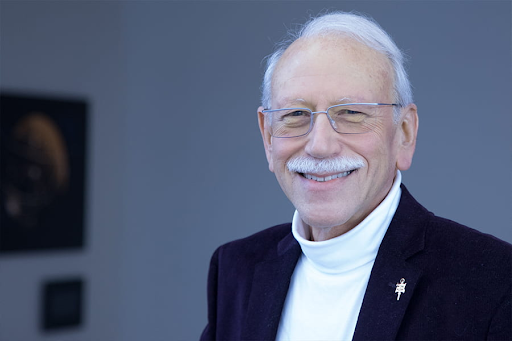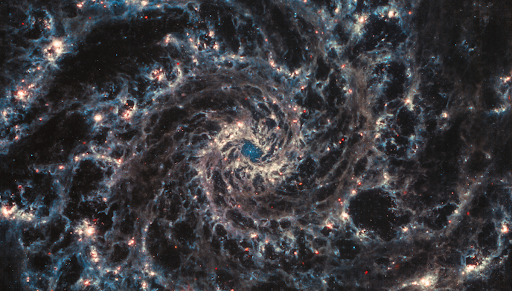Cosmology, Galaxy Formation, and Planets with JWST
Jess McIver and Georg Reiger
Link to join remotely - look for today's date. The live stream will start at 4:00pm.
Abstract:The modern standard cosmology ΛCDM describes almost perfectly the cosmic microwave background observations, but the resulting expansion rate of the universe (the Hubble parameter) is in serious disagreement with local measurements. This Hubble tension can perhaps be resolved by a brief episode of dark energy contributing about 10% of cosmic energy density for just a few thousand years about 50,000 years after the Big Bang. This high-redshift Early Dark Energy (EDE) scenario can be tested at lower redshifts, since new N-body simulations show that EDE predicts earlier structure formation than ΛCDM, for example 50% more clusters at redshift z ∼ 1 and 10x more galaxies at z ~ 10. Such predictions are being tested by new observations, including by James Webb Space Telescope. JWST’s infrared capabilities allow its cameras to see starlight from even the highest-redshift galaxies. JWST’s better resolution than Hubble Space Telescope is also revealing new aspects of galaxy and planet formation. Earth is a Goldilocks planet, in the Sun’s habitable zone and also with just the right amount of radioactive heating by thorium and uranium for a long-lived magnetic field and plate tectonics — both of which may be necessary for the evolution of complex life. Such Goldilocks exoplanets, taking into account the abundance of Th and U deduced from the star’s spectrum, should be among the first planets to be searched by JWST for biosignatures.
Bio:


Dr. Joel R. Primack specializes in the formation and evolution of galaxies and the nature of the dark matter that makes up most of the matter in the universe. After helping to create what is now called the "Standard Model" of particle physics, Primack began working in cosmology in the late 1970s, and he became a leader in the new field of particle astrophysics. His 1982 paper with Heinz Pagels was the first to propose that a natural candidate for the dark matter is the lightest supersymmetric particle. He is one of the principal originators and developers of the theory of Cold Dark Matter, which has become the basis for the standard modern picture of structure formation in the universe. With support from the National Science Foundation, NASA, and the Department of Energy, he has been using supercomputers to simulate and visualize the evolution of the universe and the formation of galaxies under various assumptions and comparing the predictions of these theories to the latest observational data. He organized and led the University of California systemwide Center for High-Performance AstroComputing (UC-HiPACC) 2010-2015.
Primack has received a multitude of accolades over the years (including the APS Forum on Physics and Society Award in 1977, APS 1988, AAAS 1995) and has served on numerous boards, executive committees and advisory panels including such organizations as the APS Division of Astrophysics, the Federation of American Scientists, AAAS Committee on Scientific Freedom and Responsibility, the AAAS Science and Human Rights program, the AAAS Program of Dialogue on Science, Ethics, and Religion and the National Academy of Sciences.
Primack was one of the main advisors for the Smithsonian Air and Space Museum's 1996 IMAX film Cosmic Voyage, and he has worked with leading planetariums to help make the invisible universe visible. In addition to more than 240 refereed technical articles in professional journals, Primack has written a number of articles aimed at a more popular audience.
For more information about Dr. Joel R. Primack, please see his UC Santa Cruz research website.